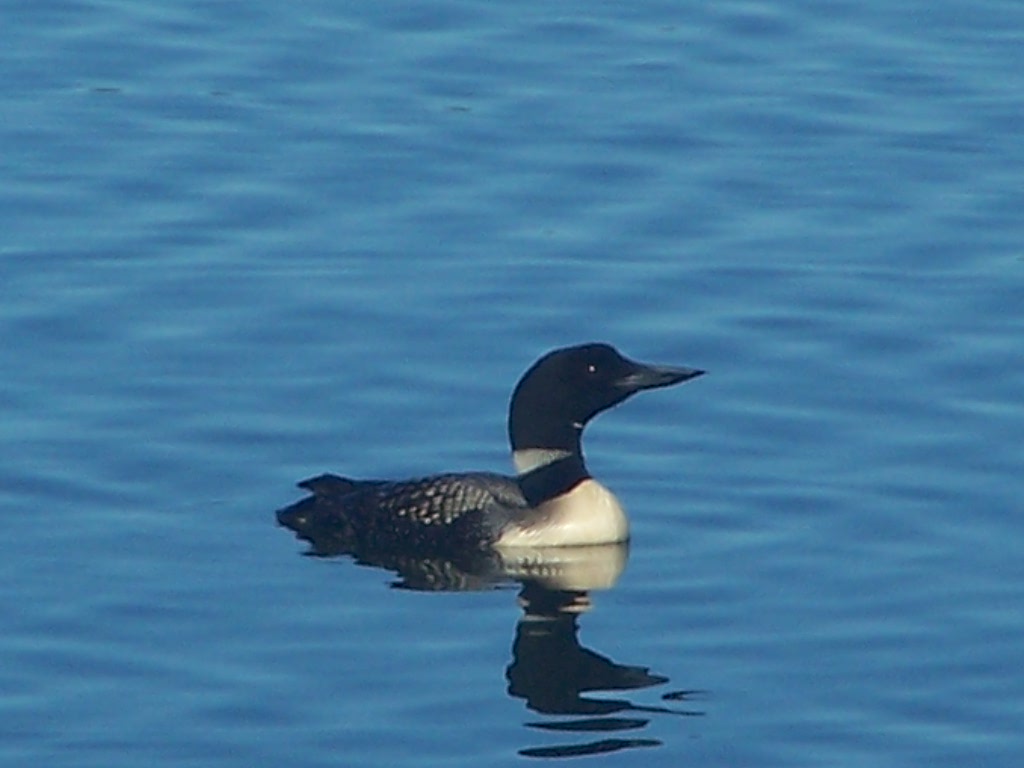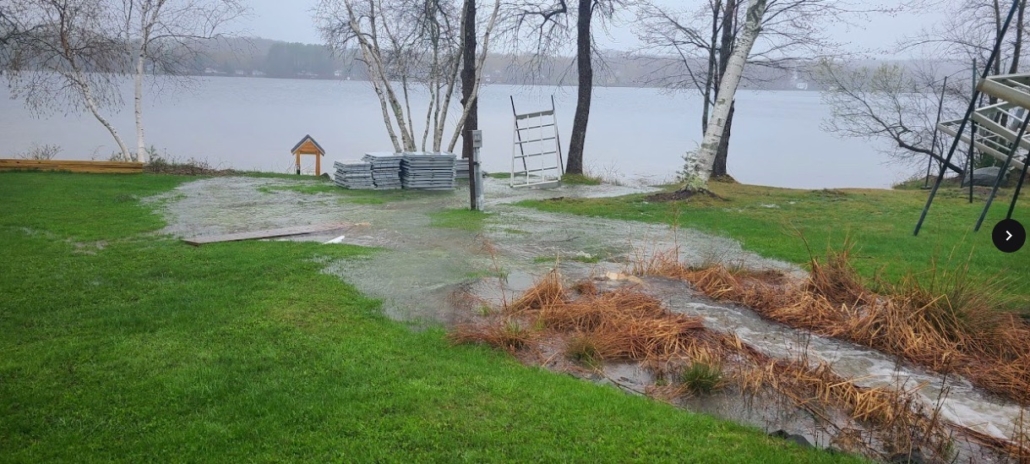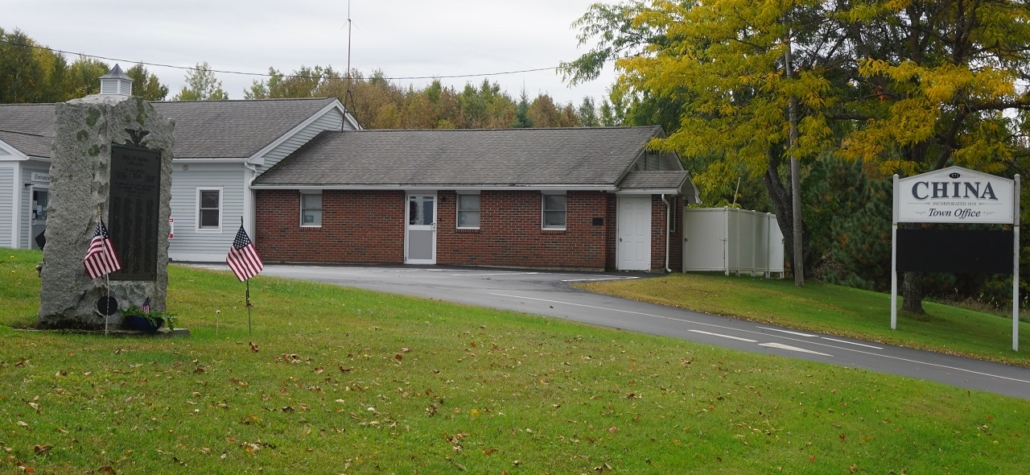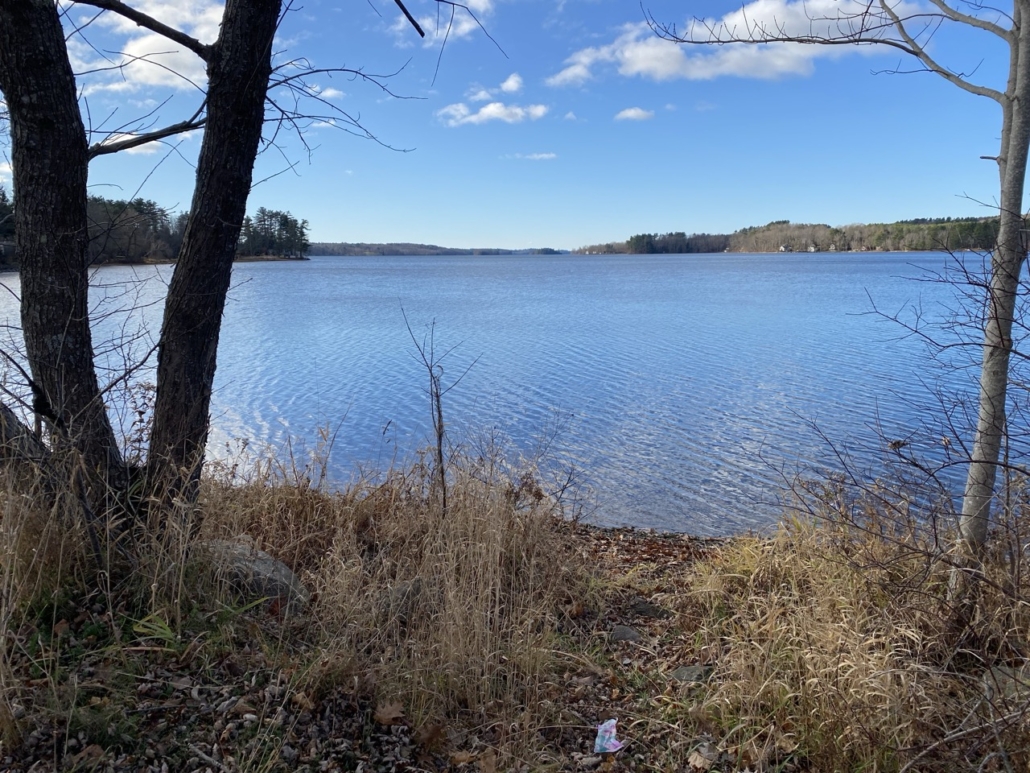Lake Life Today: While planning for the future #4
Submitted by Elaine Philbrook
Lake Life Today is a series of articles that are hoped will inspire you to see how, by taking just a few steps, you can make a difference and help preserve the quality of water in our lakes for future generations.
These articles have been collected and organized by LakeSmart Director Elaine Philbrook, a member of China Region Lake Alliance (aka “the Alliance”) serving China Lake, Webber Pond, Three Mile Pond, and Three-Cornered Pond. The Alliance would like to thank our partners at Maine Lakes and Lakes Environmental Association (LEA) for information to support this article.
Buffers
Our last articles included information about phosphorus, its sources and how it impacts our lakes whether it is from shoreline properties or sources found in our watersheds. The next several articles will be sharing actions you can take to “slow the flow” of water on your property to keep nonpoint source pollution (NPS) from entering our lakes. The first action is creating a “beneficial buffer” along the water’s edge. This area is the last but most valuable line of defense we can use to keep NPS and other pollutants such as phosphorous from entering our lakes.
A SHORELINE BUFFER ideally starts at the water’s edge and extends 75 feet or more into the upland area of your property. The best shoreline buffers are deep, wide, and continuous (with only a narrow path or other small break for access to the water). These buffers have many layers of vegetation, including tall trees (canopy), shorter trees (midstory), shrubs, perennials, and groundcover. A layer of duff (twigs, fallen leaves, and pine needles) also accumulates on the ground in a buffer.
Vegetation in a buffer intercepts raindrops so less rain impacts the ground. The uneven duff layer absorbs rain, and loose soils filters out pollutants. Tree roots help anchor soil in place and absorb water and nutrients. Buffers act like a sponge, soaking up rainfall, absorbing nutrients and runoff, and reducing the flow of stormwater into the lake.
But that is not all buffers do.
Buffers also provide habitat for insects, birds, small mammals, and believe it or not, sometimes even fish! Tree branches overhanging the lake provide cover for fish that need safe and cool places to protect themselves. Dropped leaves provide food for bugs and dropped limbs provide habitat structure for mammals. Ideally, shoreline buffers are composed of native vegetation, which is easier to maintain and better for wildlife.
It can be tempting to “limb up” trees in the buffer to increase lake views but most local ordinances allow only trimming the lower 1/3 of branches, and dead limbs can be removed. Remember, each branch left on the tree enhances the integrity of the buffer and provides more habitat value for wildlife. Let the trees frame your view!
Buffers are the last line of defense for a lake against NPS pollution and stormwater runoff coming from your property! You can make your buffer bigger and better by adding plants to fill in thin spots, even a few at a time. In fact, you can plant up to 24 plants along the shore each year without a permit from the Maine Department of Environmental Protection. Let leaf litter accumulate in the buffe, and limit the use of fertilizers, pesticides, and herbicides on your property. Note that pesticides and fertilizers are not allowed within 25’ of shore. With a healthy buffer, you are helping to ensure your view is of a clean, healthy, and blue lake!
One final point: buffers are not a one size fits all. The information shared above is for an ideal buffer. This information comes from The Lake Book A handbook for Lake Protection from MaineLakes. You can visit their site for more information about caring for our lakes in Maine at: https://www.lakes.me/
If you have any questions about what you can do to ensure the integrity of your valued lake or if you would like a free LakeSmart evaluation you can reach Elaine Philbrook by email at chinalakesmart@gmail.com and follow-up to read the next Townline newspaper.
Live lightly on the land for the sake of the lake (LakeSmart).
Responsible journalism is hard work!
It is also expensive!
If you enjoy reading The Town Line and the good news we bring you each week, would you consider a donation to help us continue the work we’re doing?
The Town Line is a 501(c)(3) nonprofit private foundation, and all donations are tax deductible under the Internal Revenue Service code.
To help, please visit our online donation page or mail a check payable to The Town Line, PO Box 89, South China, ME 04358. Your contribution is appreciated!






Leave a Reply
Want to join the discussion?Feel free to contribute!